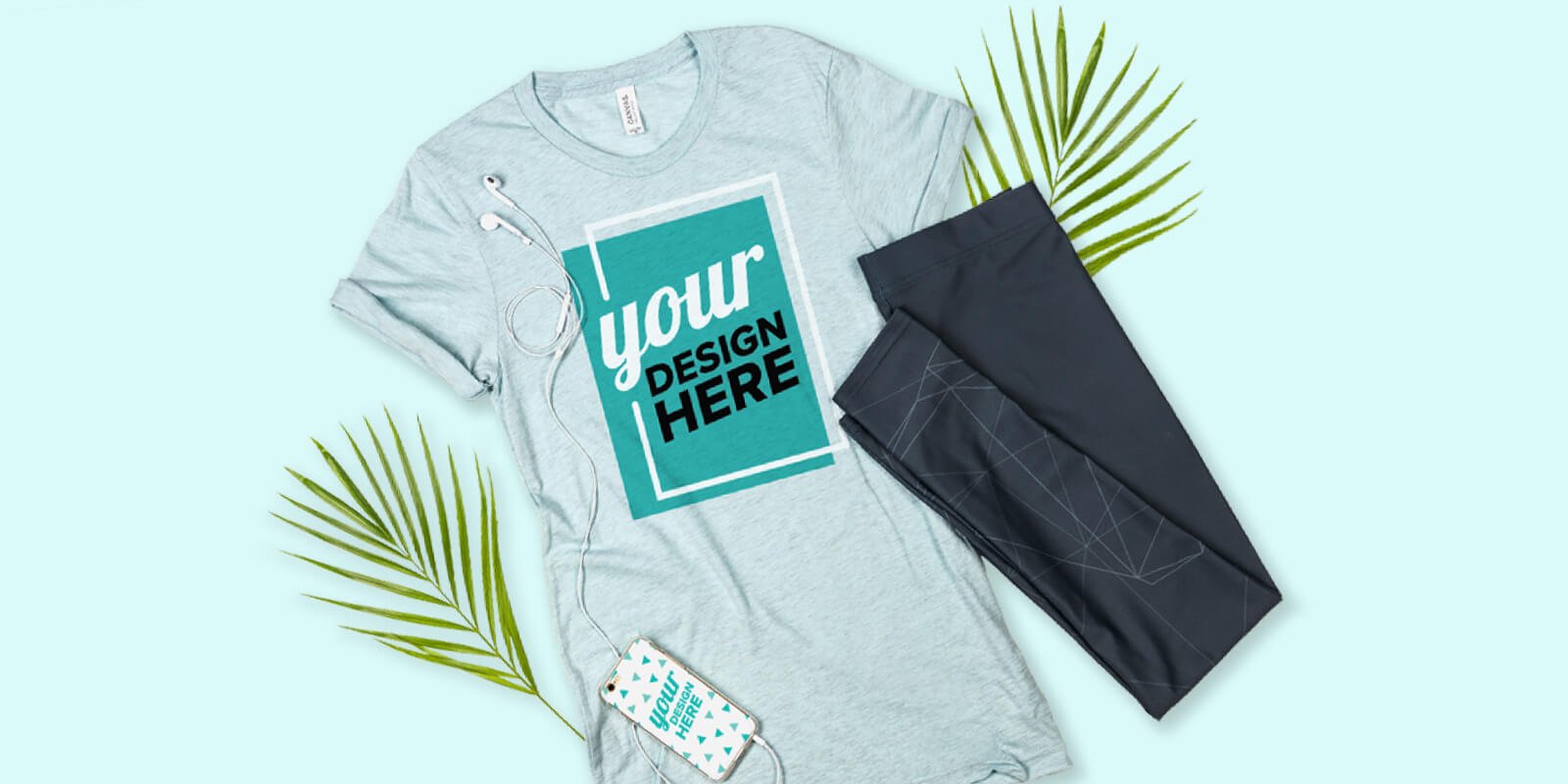Designing for web and screen printing are often considered to be the two sides of the same coin. However, even though the two share several similarities, they also differ in many aspects which turns each form of designing into a unique experience. It is common for web designing experts to take up projects of T-shirt printing online or other screen printing projects. However, it is advisable for them to do so only after carefully assessing the differences between the two to make the experience more fruitful and enjoyable.
Impact Of The Design On The Senses
The primary objective of both web and screen printing design is to impress the customers into making a positive buying decision. However, the way in which web design impacts their senses is quite different from the way they feel affected by screen print designs. While screen printing designs boast of a good visual component along with a tactile effect in the form of texture, shape, and even print effects. On the other hand, web design using various interactive elements attract the attention of the customers and enliven their experience.
Nature Of Design In Terms Of Permanency
One key aspect that differentiates web designing from screen printing design is its permanency. Web designs are less permanent in nature and undergo frequent changes to enhance their appeal for the customers. Even though the basic design scheme remains unaltered, designers may need to modify, alter, or even add and delete some design aspects regularly to maintain its novelty. Screen printing designs, on the other hand, cannot be altered or modified once they have been approved and processed. Hence it would not be wrong to state that web-designing is a continuous process while screen printing is a one time task.
Considerations Related To DPI And PPI Resolution
The resolution opted for plays a critical role in determining the overall quality of the design. The two most common terms used in this context are DPI and PPI. DPI indicates the density of ink dots per inch, while PPI indicates the number of pixels arranged in one inch of screen space. PPI impacts the colour and clarity of an image and the greater the PPI rate the more clear and colourful an image appears. On the other hand, DPI defines the quality of the image especially when it is printed on tangible material. In simpler words, DPI does not hold much relevance in web design but signifies how the ink is printed, while PPI is related to the size of the image.
RGB And CMYK Color Schemes
Web and screen printing both handle colour in significantly different ways, which, in turn, impacts the overall quality and appeal of the design. In screen printing, designers use CMYK, i.e., Cyan, Magenta, Yellow, and Black ink colours. Individual colours are formed by mixing the above four colours in different percentages and mixing the colours together creates the colour black. The colour scheme used in web designing is based on RGB, namely Red, Green, and Blue and mixing all three together produced white colour. In order to get the most accurate output, there is a need for calibration between the screen and the printer.
Deciding The Typography Of The Text
Professionals involved in the task of T-shirt printing in Delhi are at an advantage as compared to web designers with respect to the typography used in the design. This is due to the fact that the choice of fonts available to print designers is almost unlimited. Web designers need to use fonts that are simpler and have increased legibility besides which they also need to ensure that the fonts being used do not put too much strain on the eyes of the readers. Other aspects related to typography that need to be considered by both web and print designers include kerning and tracking. Kerning is related to adjusting the space between the pairs of alphabets and tracking is related to adjusting the space between two words or block of text.
Aspects Related To The Size Of The Design
Screenprint designing requires the designers to consider the size and weight of the printing material before going into the creative stage. The content produced during the creative stage is then included in the canvas according to the pre-set measurements. This limits the possibilities for the designers as they have to work within the fixed size and around the edges of the canvas with pre-defined measurements. However, web designing is more fluid in this respect as the measurements of the web screens change according to the browsers and the mobile platforms being used. However, this eliminates the possibility of accurately predicting the end results due to the variations in screen sizes and resolutions. For people considering the idea of moving from the niche of web designing to screen printing design, the above-discussed differences between the two can help clear up any confusion and use their knowledge and skills to make the most of the new creative opportunity.




